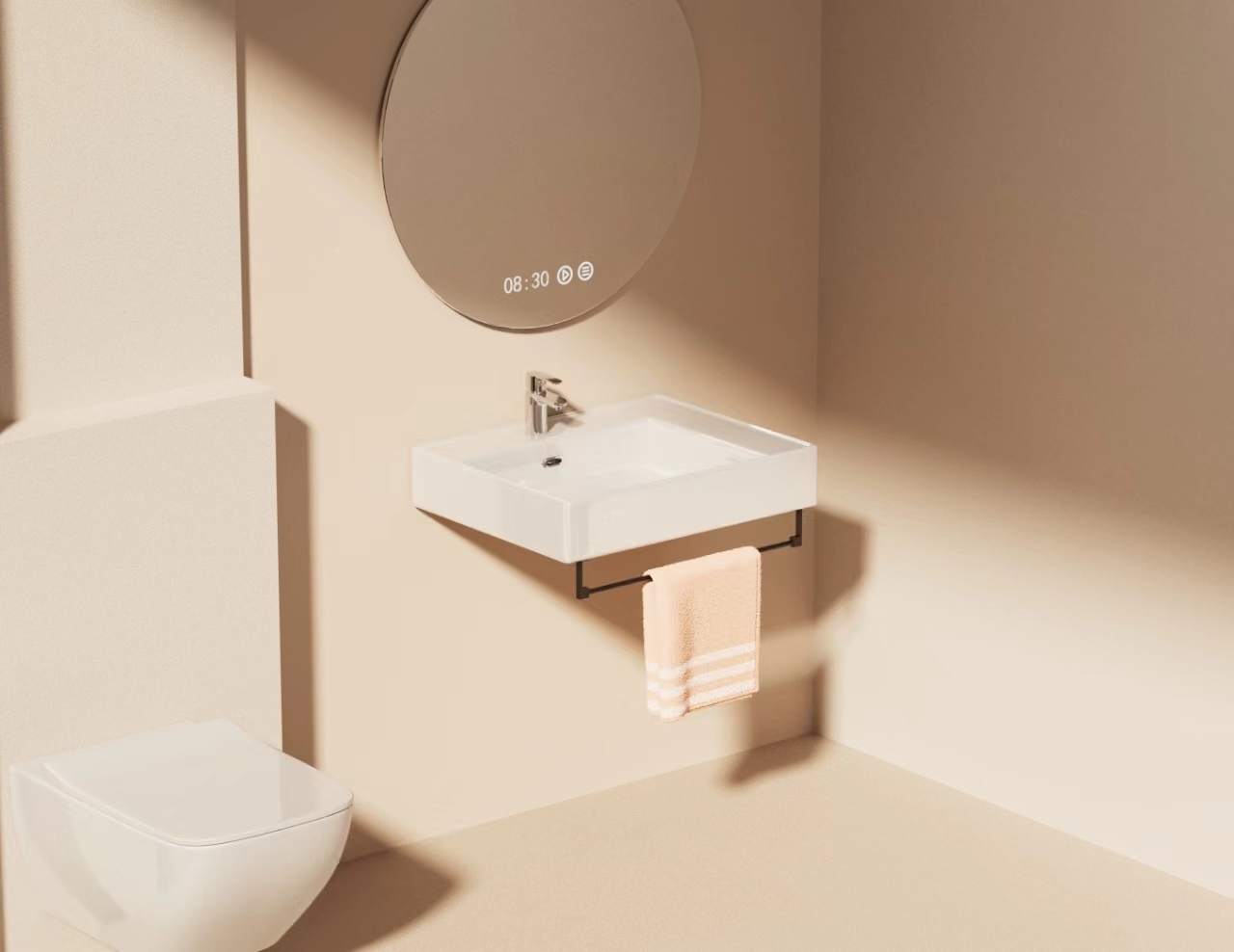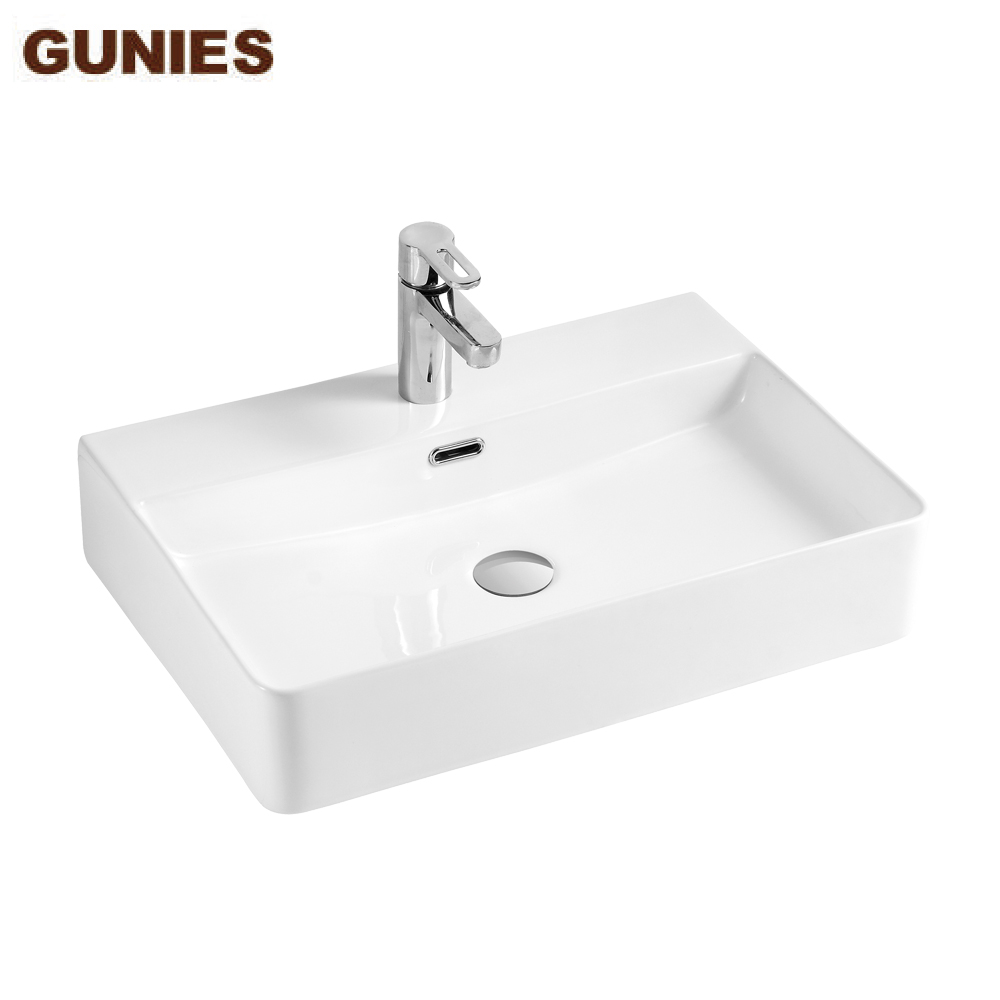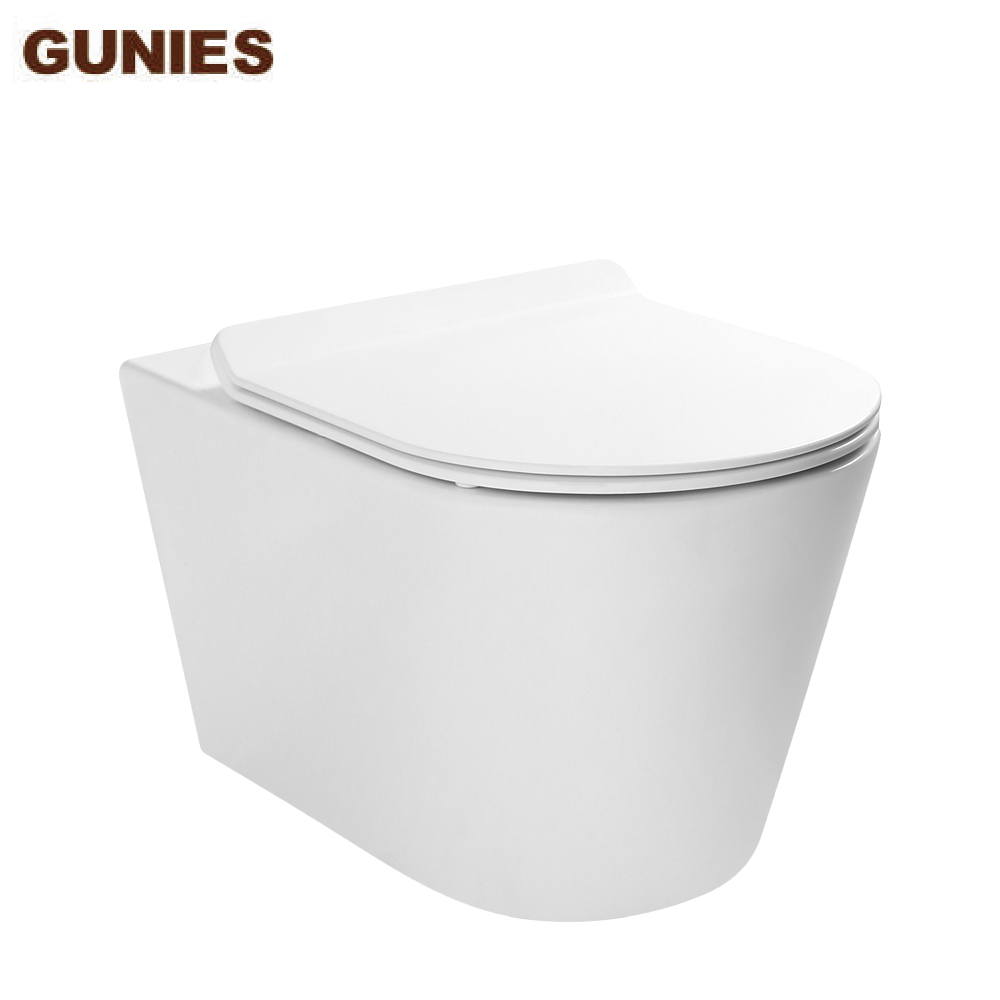When planning or renovating a bathroom, the wash basin often becomes a focal point of both design and function. Among the many choices available, porcelain and ceramic wash basins are two of the most commonly selected types due to their aesthetic appeal, durability, and practicality. While they may seem quite similar at first glance, subtle differences between the two materials can influence your decision depending on the design, budget, and usage context of your space.
Here we explore the differences between porcelain and ceramic wash basins to help homeowners, designers, and architects understand how each material fits into various bathroom design trends, performance expectations, and interior styling preferences.
What Are Porcelain and Ceramic?
Both porcelain and ceramic belong to clay-based products. The primary distinction lies in the composition and firing process.
● Ceramic is made from natural clay mixed with water and other materials. It’s fired at relatively lower temperatures and often coated with a glaze for added protection.
● Porcelain, on the other hand, is a subtype of ceramic made with finer clay and fired at much higher temperatures. This results in a denser, less porous, and more refined finish.
In wash basin manufacturing, both materials are highly popular for their timeless aesthetic and practical qualities.
Key Differences: Porcelain vs Ceramic Wash Basin
Appearance and Design Flexibility
Porcelain wash basins typically have a more polished, glass-like surface. They are often favored in modern bathroom aesthetics for their ultra-smooth finish and clean, minimal look. The denser material allows for thinner, sleeker edges, which are especially appreciated in contemporary bathroom designs.
Ceramic wash basins, while also smooth and finished with glaze, have a slightly softer look. They tend to offer more design versatility, often available in a wider variety of shapes, colors, and textures. This makes them suitable for rustic, bohemian, or vintage-inspired interiors, where texture and character are highly valued.
Durability and Daily Use Considerations
Durability is one of the most crucial considerations when choosing a wash basin, especially for high-traffic bathrooms or commercial washroom installations.
Porcelain, being denser and harder due to its high-temperature firing process, is often seen as more chip-resistant and durable over time. However, its hardness also means it may crack more readily under sudden impact.
Ceramic wash basins are slightly more porous and marginally softer. They may be more forgiving if something heavy is dropped into the basin, but may show wear and staining a bit sooner in environments where water with high mineral content is present.
That said, with proper maintenance, both materials can last for decades. It’s more about how and where the basin will be used than the material’s inherent properties.
Installation and Weight Differences
Weight can play a key role in the installation process, especially for wall-mounted or floating vanity installations.
Porcelain wash basins tend to be heavier due to their higher density, requiring more secure mounting solutions. This makes them ideal for countertop basins or undermount sink designs in sturdy vanities.
Ceramic basins are lighter and more adaptable, making them a common choice for pedestal sinks, wall-mounted basins, and semi-recessed designs. Their weight allows for more flexibility in design placement, especially in space-saving solutions for compact bathrooms.
Cleaning and Maintenance
Both porcelain and ceramic wash basins are relatively easy to clean due to their glazed finishes. They resist common stains from toothpaste, soap, and hard water when cleaned regularly.
Porcelain’s non-porous surface may offer a slight advantage when it comes to resisting moisture penetration, making it a good fit for high-humidity environments or public restrooms with frequent usage.
Ceramic basins are equally reliable in residential settings. To maintain their appearance, it’s recommended to use non-abrasive cleaning agents and soft cloths, regardless of the material.
Cost and Availability
Cost varies based on design complexity, manufacturer, and region, but in general:
Porcelain wash basins tend to be slightly more expensive due to the refined materials and higher firing temperatures involved in their production.
Ceramic wash basins are more widely available and tend to offer more budget-friendly options, especially for standard sizes and shapes.
It’s worth noting that prices also depend on brand reputation, added features (such as anti-bacterial coatings or scratch-resistant finishes), and whether you're choosing a custom bathroom solution or an off-the-shelf product.
Environmental and Manufacturing Considerations
As sustainability becomes a bigger priority in home renovation and commercial construction, understanding how these materials are sourced and manufactured is increasingly important.
Ceramic production often involves lower temperatures and simpler processing, which can make it more energy-efficient. Some manufacturers also use recycled clay and eco-friendly glazes.
Porcelain’s manufacturing is more energy-intensive, but its longevity can offset its initial environmental impact, especially in long-term applications such as luxury hotels or high-end residential developments.
Summary Comparison: Porcelain vs Ceramic Wash Basins at a Glance
To make it easier to understand and compare quickly, the table below summarizes the key differences between porcelain and ceramic wash basins as discussed above.
| Aspect | Porcelain Wash Basin | Ceramic Wash Basin |
| Surface Appearance | Polished, glass-like, sleek and refined |
Smooth but softer in look; more variety in textures and finishes |
| Design Compatibility | Ideal for modern and minimalist bathrooms |
Versatile in styles: rustic, vintage, bohemian |
| Durability |
Denser and chip-resistant; more brittle under impact |
Softer, more forgiving; can stain slightly faster in hard water areas |
| Installation Consideration |
Heavier; best for countertops and undermount sinks |
Lighter; suitable for wall-mounted, pedestal, and compact designs |
| Cleaning and Maintenance |
Excellent stain resistance; ideal for high-humidity areas |
Easy to clean; great for residential use with regular maintenance |
| Cost and Availability |
Generally more expensive; premium aesthetic |
More budget-friendly; widely available |
| Added Features | Often comes with sleek styling options |
Frequently includes anti-bacterial coatings and scratch-resistant finishes |
| Environmental Impact |
Higher energy consumption; long lifespan offsets impact |
Lower temperature processing; can use eco-friendly materials |
| Ideal Applications |
Luxury bathrooms, boutique hotels, high-end residences |
Family bathrooms, guest washrooms, commercial projects |
Ideal Applications and Use Cases
Depending on the interior design theme and user needs, here are a few typical applications:
Porcelain Wash Basin Applications:
● Minimalist, high-end bathroom designs
● Luxury or boutique hotels
● Long-term residential installations
● Projects requiring sleek vanity basin styles
Ceramic Wash Basin Applications:
● Budget-conscious renovations
● Family bathrooms and guest bathrooms
● Eclectic or traditional design aesthetics
● Wall-mounted solutions in compact spaces
Conclusion: Choosing What Fits Your Space
The choice between porcelain and ceramic wash basins depends largely on your requirements—be it aesthetic, budget, installation needs, or durability expectations.
Whether you lean toward ceramic or porcelain, the quality of the product and the integrity of the manufacturing process are what ultimately determine satisfaction. Gunies, a trusted name in ceramic wash basin manufacturing, delivers exceptional quality, durability, and refined design in every piece. If your bathroom is ready for a transformation, explore how Gunies can complement your vision.



_12011.jpg)

__1__12017.jpg)